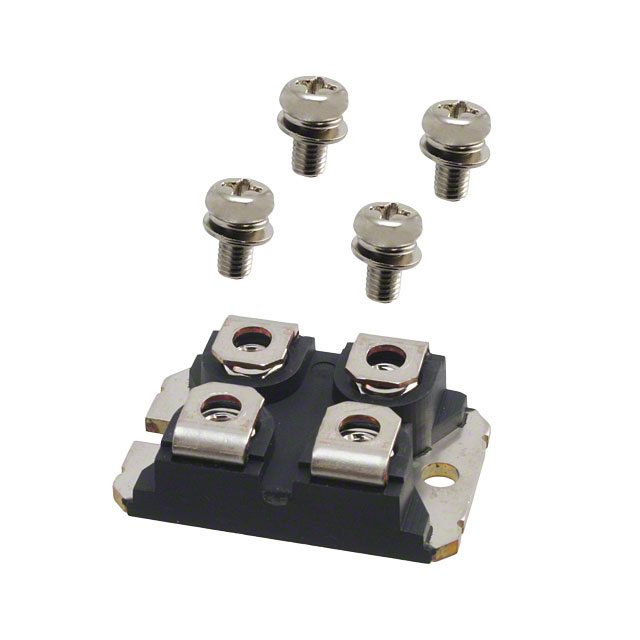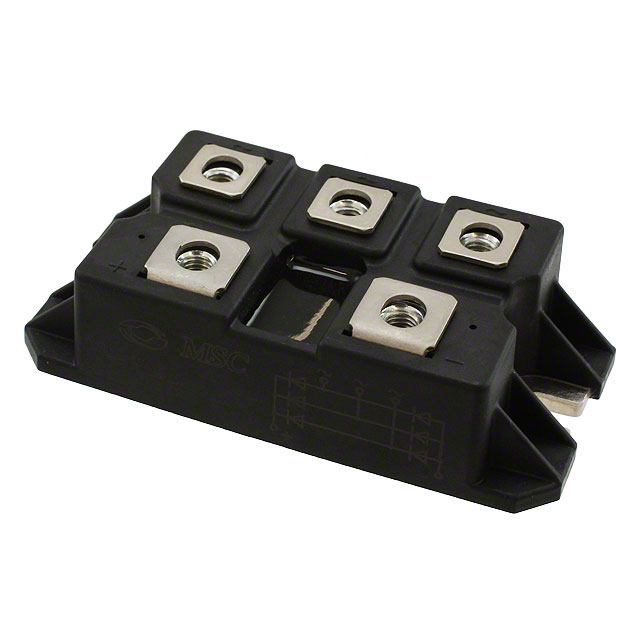Categories
- Bridge Rectifiers(70)
- 1
- 2
- 3
- 4
What is a Rectifier?
In the electronics industry, one of the most common uses of semiconductor diodes is to convert an alternating current (AC) signal, typically at 60 or 50 Hz, into a direct current (DC) signal. This DC signal can then be used to power electronic devices instead of relying on batteries. The circuit that performs this conversion is made up of a specific arrangement of diodes and is called a rectifier. In power supply circuits, two main types of rectifiers are widely used: half-wave and full-wave. Half-wave rectifiers allow only one half of the AC cycle to pass through, while full-wave rectifiers process both the positive and negative halves of the cycle, converting the negative half to match the polarity of the positive.
Of the two types, the full-wave rectifier is more efficient because it utilizes the entire waveform cycle. There are two types of full-wave rectifiers: the center-tapped full-wave rectifier, which requires a center-tapped transformer, and the bridge rectifier, which operates without one. In this article, we will focus on the bridge rectifier, as it is the more commonly used option and often comes in preassembled modules, making it more convenient to implement.

How does a Bridge Rectifier work?
Bridge rectifiers utilize four diodes arranged in a way that converts AC voltage to DC voltage. The output signal of this circuit maintains the same polarity, regardless of the polarity of the input AC signal.

Let’s examine how this rectifier circuit handles an AC signal with alternating polarities each cycle:
During the positive half cycle of the AC signal, diodes D2 and D3 are forward biased and conduct current, while D1 and D4 are reverse biased and do not conduct. Current flows through the load resistor via the conducting diodes, resulting in a positive voltage at terminal d and a negative voltage at terminal c.
In the negative half cycle, diodes D1 and D4 become forward biased while D2 and D3 are reverse biased. The anode of D4 receives positive voltage, and the cathode of D1 receives negative voltage. Importantly, the current through the load resistor flows in the same direction as it did during the positive half cycle. Thus, regardless of the input signal’s polarity, the output polarity remains consistent. Effectively, the negative half cycle of the AC signal is inverted, producing a positive voltage at the output.















